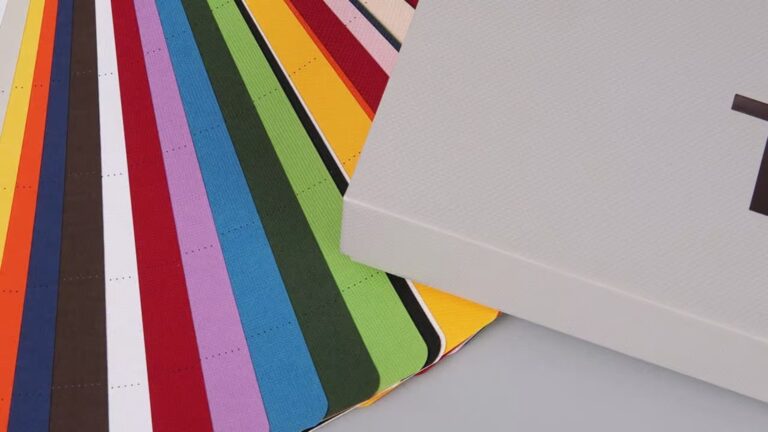
In an era dominated by mass production and digital printing, handmade paper stands out as a unique and artisanal product cherished for its texture, quality, and environmental benefits. Handmade paper combines centuries-old craftsmanship with sustainable practices, offering artists, designers, and eco-conscious consumers a special alternative to machine-made paper. This article delves into the traditional processes behind handmade paper and explores its versatile uses today.

What Is Handmade Paper?
Handmade paper is produced manually in small batches using natural fibers, unlike machine-made paper that is produced continuously by industrial processes. Each sheet is unique, often featuring irregular edges, varied thickness, and distinct textures that give it character and authenticity.
Handmade paper often incorporates fibers from cotton, linen, hemp, mulberry bark, or recycled materials. These fibers are soaked, beaten into a pulp, and then formed into sheets using molds and screens.
The Handmade Paper Making Process
Fiber Preparation
The process begins with selecting and preparing the raw fibers. Plant fibers or recycled materials are cleaned, soaked in water, and then beaten or mashed into a pulp. This pulping breaks down the fibers to create a slurry suitable for sheet formation.
Sheet Formation
The pulp slurry is poured onto a framed screen called a mold and deckle, which shapes the sheet and drains excess water. The papermaker lifts the mold from the vat, allowing water to drain while the fibers interlock to form a wet sheet of paper.
Pressing
The wet sheet is transferred to a flat surface or felt and pressed to remove more water. Pressing also helps bond the fibers, increasing the paper’s strength.
Drying
The pressed sheets are carefully dried, often by hanging or placing them on flat surfaces. Drying can reveal unique textures and may include adding surface treatments or dyes.
Finishing
Once dry, handmade paper can be further treated or decorated. Some sheets are sized to reduce absorbency, while others remain highly absorbent for artistic uses like watercolor.
Unique Characteristics of Handmade Paper
-
Texture: Handmade paper often has a textured or fibrous surface that adds depth and visual interest.
-
Deckled Edges: The natural, uneven edges give a distinctive aesthetic that machine-cut paper lacks.
-
Durability: Depending on the fibers used, handmade paper can be exceptionally strong and long-lasting.
-
Eco-Friendliness: Handmade paper typically uses recycled or sustainably sourced materials with minimal chemical processing.
Common Uses of Handmade Paper
Art and Calligraphy
Artists favor handmade paper for drawing, painting, printmaking, and calligraphy due to its absorbent surface and texture. It holds ink, watercolor, and other media beautifully, often enhancing the final work.
Stationery and Invitations
Luxury stationery, wedding invitations, and greeting cards often use handmade paper to convey elegance and uniqueness. The tactile quality and visual appeal make printed materials stand out.
Bookbinding and Conservation
Handmade paper is popular in bookbinding for endpapers or covers, especially in limited editions or restoration projects. Its archival qualities help preserve valuable texts.
Crafts and Décor
Crafters use handmade paper for scrapbooking, collage, and decorative projects. It’s also used in lampshades, wallpaper, and other interior design elements.
Environmental Benefits
Handmade paper often uses recycled fibers or agricultural waste, reducing reliance on wood pulp. The process avoids harsh chemicals and excessive energy use, making it a greener alternative to industrial paper manufacturing.
Conclusion
Handmade paper offers a blend of artistry, sustainability, and tradition. Its unique production process results in paper that is not only beautiful but also durable and environmentally friendly. Whether used in fine art, luxury stationery, or craft projects, handmade paper continues to inspire creativity and mindful consumption in the modern world.






